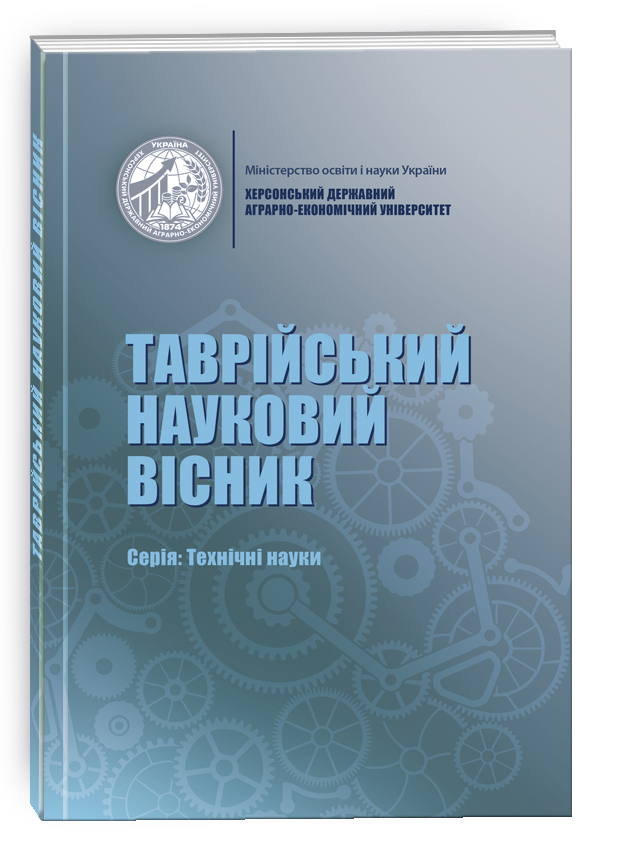DESIGNING AND TRAINING AN ARTIFICIAL INTELLIGENCE MODEL FOR PROJECT PLANNING AND RISK ASSESSMENT
DOI:
https://doi.org/10.32782/tnv-tech.2024.5.13Keywords:
project planning, risk assessment, artificial intelligence, machine learning, neural networks, task duration forecasting, resource optimization, data analysis, predictive algorithms, project management automation, risk management, intelligent systems, adaptive planning, model training, recurrent neural networks, data normalization, data preparation for modelingAbstract
In the modern world, where project management is becoming increasingly complex and multifaceted, traditional approaches to project management are losing their relevance. Effective resource management, accurate task duration forecasting, and risk assessment are crucial for the success of any project. In this context, artificial intelligence technologies are gaining increasing popularity due to their ability to analyze large volumes of data, identify hidden patterns, and make accurate predictions. This article focuses on the development and training of an artificial intelligence model capable of automating project planning and risk assessment processes. The work examines the entire cycle of creating such a model: from setting up the environment to building and training a neural network. Special attention is paid to data preparation for the model, selecting the optimal neural network architecture, and experimentally evaluating its effectiveness on real-world data. The model described in the article addresses two main tasks. The first is predicting task completion durations, which allows for resource optimization and the avoidance of delays. The second task is automated risk assessment, which helps to identify potential issues in advance and propose measures to mitigate them. By utilizing deep learning algorithms, the model can process data from multiple sources, such as project management systems, and adapt to new conditions. Key aspects of the model's design include its flexibility and adaptability. Even with limited access to data, the model demonstrates the ability to learn and make accurate predictions. Moreover, as the volume of data increases, its performance and accuracy improve further. The model can automatically update predictions and adjust planning in real-time, significantly enhancing the management of large and complex projects.
References
Kerzner, H. Project Management: A Systems Approach to Planning, Scheduling, and Controlling. John Wiley & Sons, 2017, 129-133.
Hastie, T., Tibshirani, R., & Friedman, J. The Elements of Statistical Learning: Data Mining, Inference, and Prediction. 2nd Edition, Springer, 2009, 389-400.
Alpaydin, E. Introduction to Machine Learning. MIT Press, 2014, 295-300.
LeCun, Y., Bengio, Y., & Hinton, G. Deep learning. Nature, 2015, 436-444.
Sommerville, I. Software Engineering. 10th Edition, Pearson, 2015, 88-92.
Goodfellow, I., Bengio, Y., & Courville, A. Deep Learning. MIT Press, 2016, 315-350.
Schmidhuber, J. Deep Learning in Neural Networks: An Overview. Neural Networks, 2015, 61, 85-117.
Russell, S., & Norvig, P. Artificial Intelligence: A Modern Approach. 4th Edition, Pearson, 2020, 450-460.
Bishop, C. M. Pattern Recognition and Machine Learning. Springer, 2006, 60-75.
Graves, A. Supervised Sequence Labelling with Recurrent Neural Networks. Springer, 2012, 12-25.







